You have several choices:
You can replicate your MySQL instances to MySQL servers running outside AWS. This is a bit of a pain, but will result in a running instance. http://docs.aws.amazon.com/AmazonRDS/latest/UserGuide/MySQL.Procedural.Exporting.NonRDSRepl.html
You can use the commandline mysqldump --all-databases to generate a (probably very large) .sql file from each database server instance. Export and Import all MySQL databases at one time
You can use the commandline mysqldump to export a database at a time. This is what I would do.
You can use a gui MySQL client -- like HeidiSQL -- in place of the commandline to export your databases one at a time. This might be easier.
You don't need to, and should not, export the mysql, information_schema, or performance_schema databases; these contain system information and will already exist on another server.
In order to connect from outside AWS, you'll have to set the AWS protections appropriately. And you'll have to know the internet address, username, and password (and maybe port) of the MySQL server at AWS.
Then you can download HeidiSQL (if you're on windows) or some appropriate client software, connect to your database instance, and export your databases at your leisure.
